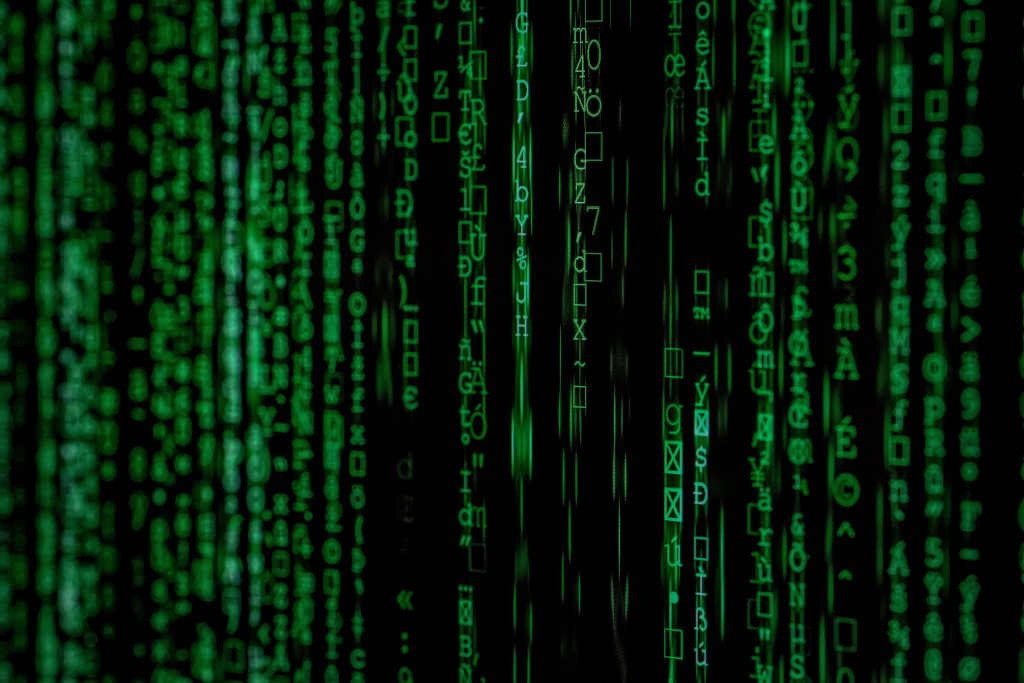Is Your Laptop Acting Strange? A Guide to Diagnosing Potential Viruses or Miners
If you’ve ever been startled by your laptop’s fans suddenly kicking into high gear, you might be grappling with suspicions of a virus or miner lurking beneath the surface. Such concerns are more common than you might think, especially in a world where cybersecurity threats are prevalent.
Recently, I encountered a perplexing issue with my laptop. I observed that the fan noise ramped up significantly and the CPU temperature and usage surged, all while the screen was off. Intrigued by this anomaly, I decided to dive deeper into what might be causing these spikes in my system’s performance. A quick check into the Task Manager revealed some concerning increases in utilization.
To address my concerns, I conducted thorough scans using several well-known tools, including Malwarebytes, Hitman Pro, and the ESET online scanner. Despite my diligent efforts, none of these applications identified any threats. In an attempt to start fresh, I also performed a complete reset of my system, erasing everything in the process. However, the problematic behavior persisted.
So, what could be the culprit? Is it a stealthy virus, or perhaps an innocent Windows background process running during idle times? If you find yourself facing a similar situation, this post aims to shed some light on the common causes of such issues and provide guidance on what to do next.
Investigating Potential Causes
-
Background Processes: Sometimes, legitimate Windows processes or applications may continue to run in the background, consuming CPU resources even when your laptop is inactive. This can often lead to increased temperatures and fan activity without indicating a serious problem.
-
Resource-Intensive Applications: If you’ve recently installed new software or applications, they could be using more resources than expected, causing your system to work harder.
-
Malware: While my scans did not yield any findings, persistent issues may indicate the presence of more sophisticated malware. This could include cryptominers, which utilize CPU resources without your approval.
Next Steps
-
Monitor Task Manager: Keep a close eye on Task Manager to identify any processes that may be using an excessive amount of CPU. This can help you pinpoint what’s causing the spike.
-
Use Additional Scanning Tools: Don’t hesitate to try other security programs or virus removal tools, as some may catch threats that others miss.
-
Check Windows Settings: Ensure that your power settings are configured correctly
Share this content:




Thank you for sharing your detailed experience. Troubleshooting high CPU usage and unusual fan activity can be challenging, especially when initial scans do not detect any threats. Here are some additional steps you might consider: